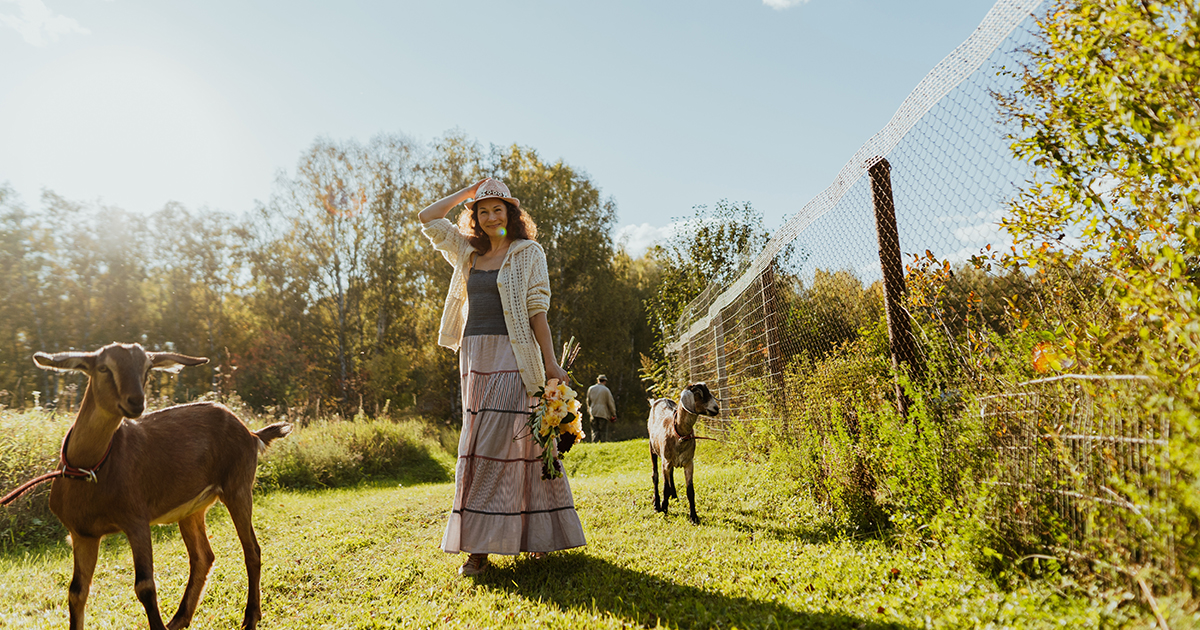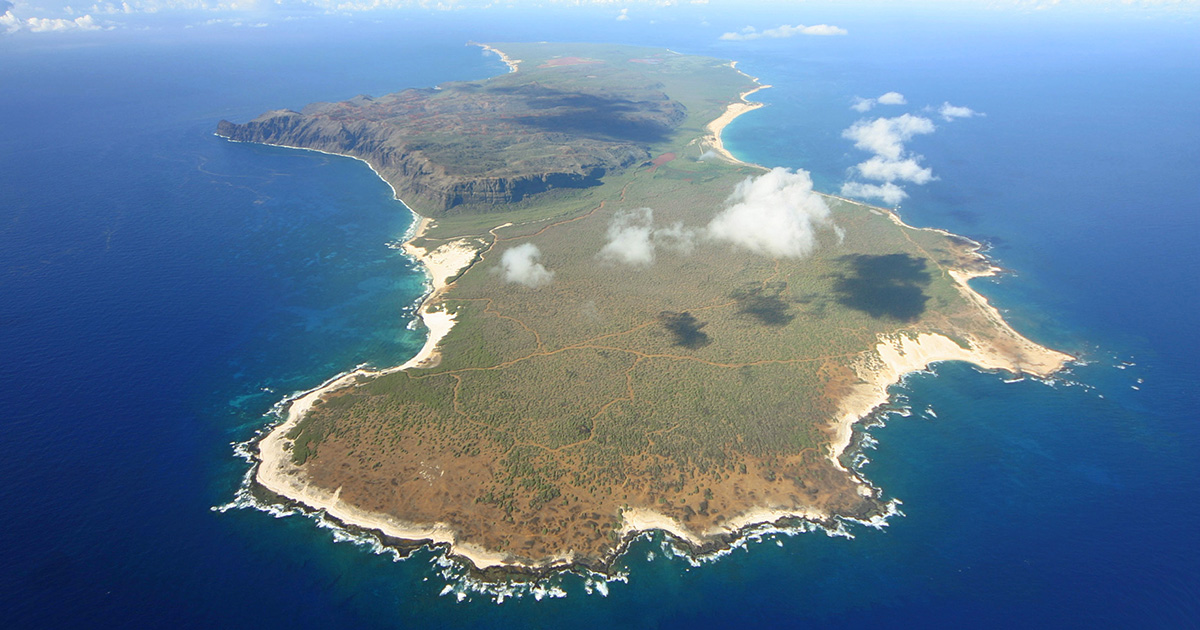Hidden Worlds Beneath Cities
Far below bustling streets and tranquil countrysides lie hidden cities where history’s greatest challenges were met with astonishing ingenuity. These underground worlds sheltered communities from harsh climates, invading armies, and even nuclear threats.
Beijing’s Dìxia Cheng, China
Beneath Beijing’s bustling streets lies Dìxia Cheng, an extraordinary Cold-War relic conceived in the late 1960s to shield millions from a possible nuclear disaster. Once sprawling beneath the capital for 33 square miles, this hidden world contained dormitories, hospitals, schools, and even a theater.
 HALUK COMERTEL, Wikimedia Commons
HALUK COMERTEL, Wikimedia Commons
Beijing’s Dìxia Cheng, China (Cont.)
Decades later, parts of the shelter became low-cost housing for migrant workers seeking opportunity in the capital. Although many sections have since been sealed for safety, stories of life in these underground corridors persist.
 Well-rested at English Wikipedia, Wikimedia Commons
Well-rested at English Wikipedia, Wikimedia Commons
Matera’s Sassi, Italy
The Sassi of Matera tell an extraordinary story of continuous habitation. Over centuries, residents expanded natural caves into interconnected homes to create a unique subterranean-style settlement. However, in the mid-20th century, poverty forced many families to abandon it. A recent renaissance has transformed it into a celebrated UNESCO World Heritage Site.
 Benjamin Smith, Wikimedia Commons
Benjamin Smith, Wikimedia Commons
Coober Pedy, South Australia
In the sun-baked heart of Australia’s outback, Coober Pedy offers a remarkable example of human adaptation to an unforgiving desert climate. Opal miners began carving homes and even churches into the soft sandstone in the early 20th century to escape temperatures that often soar above 110 °F.
 qwesy qwesy, Wikimedia Commons
qwesy qwesy, Wikimedia Commons
Coober Pedy, South Australia (Cont.)
These “dugouts” maintain a comfortable, stable indoor climate year-round, and make underground life not just practical but desirable. Today, about half the town’s population continues to live below ground.
 Frans-Banja Mulder, Wikimedia Commons
Frans-Banja Mulder, Wikimedia Commons
Cu Chi Tunnels, Vietnam
The Cu Chi Tunnels form one of the most compelling reminders of modern conflicts’ demands on human resilience. Expanded during the Vietnam War, this vast network served as living quarters, hospitals, kitchens, armories, and supply routes for Viet Cong fighters.
 Thomas Schoch, Wikimedia Commons
Thomas Schoch, Wikimedia Commons
Cu Chi Tunnels, Vietnam (Cont.)
Its tunnels were engineered with trapdoors and smoke-dispersing kitchens to remain hidden from enemy forces. Visitors today can crawl through preserved sections, experiencing firsthand the claustrophobic spaces where thousands once lived and fought.
 Gary Todd from Xinzheng, China, Wikimedia Commons
Gary Todd from Xinzheng, China, Wikimedia Commons
Helsinki Underground City, Finland
A planned subterranean network lies beneath Finland’s modern capital. Built largely in the late 20th century, Helsinki’s underground city includes parking facilities, shopping centers, sports arenas, and service tunnels, all designed to convert swiftly into shelters for up to 900,000 residents during emergencies.
 Oona Räisänen, Wikimedia Commons
Oona Räisänen, Wikimedia Commons
Naours, France
Naours exists as a remarkable underground refuge. By the 16th century, locals expanded these caverns into a sprawling network with nearly 300 rooms, wells, and chapels—vital during conflicts and invasions. During WWI, Allied soldiers stationed nearby carved thousands of names and messages into its walls, turning the site into a living time capsule.
Kish Underground City, Iran
Built in the 1990s as a cultural and commercial complex, the underground city beneath the resort island of Kish in the Persian Gulf is a fusion of ancient engineering and modern design. It incorporates and preserves parts of a 2,500-year-old qanat system—an ancient network of tunnels that once transported water across the island.
 Blondinrikard Fröberg from Göteborg, Sweden, Wikimedia Commons
Blondinrikard Fröberg from Göteborg, Sweden, Wikimedia Commons
Kish Underground City, Iran (Cont.)
Visitors can walk through beautifully restored stone corridors lined with traditional arches, learning about the evolution of water management in the region while experiencing a cool retreat from the island’s heat. Kish Underground City demonstrates how historic infrastructure can be reimagined for contemporary tourism and heritage preservation.
 Hosseinronaghi, Wikimedia Commons
Hosseinronaghi, Wikimedia Commons
Derinkuyu, Turkey
Deep below Cappadocia’s volcanic plains lies Derinkuyu, an ancient subterranean marvel reaching 18 stories into the earth. Carved by early civilizations and later expanded by Byzantine Christians, it served as a haven for as many as 20,000 people during invasions and raids.
 Nevit Dilmen (talk), Wikimedia Commons
Nevit Dilmen (talk), Wikimedia Commons
Derinkuyu, Turkey (Cont.)
Ingenious ventilation shafts, rolling stone doors, stables, schools, and chapels demonstrate remarkable engineering for the time. Its passages were once connected with other underground cities to form a vast defensive network. Now part of a protected UNESCO site, Derinkuyu welcomes visitors.
 Nevit Dilmen (talk), Wikimedia Commons
Nevit Dilmen (talk), Wikimedia Commons
Burlington (Corsham Complex), England
Concealed beneath the quiet English countryside, Burlington—also known as the Corsham Complex—was once the United Kingdom’s top-secret Cold-War government headquarters. Designed to ensure continuity of government during a nuclear attack, Burlington remained classified for decades.
 Colin Smith , Wikimedia Commons
Colin Smith , Wikimedia Commons
Burlington (Corsham Complex), England (Cont.)
Built in the 1950s and 1960s, this massive subterranean installation could house up to 4,000 officials, complete with dormitories, medical facilities, kitchens, a BBC broadcast studio, and its own rail connection. Although now decommissioned and closed to the public, its legacy still fascinates history enthusiasts.
Kaymakli, Turkey
In the heart of Cappadocia’s rocky landscape lies Kaymakli, an underground city shaped by centuries of adversity and resilience. Unlike nearby Derinkuyu, Kaymakli is more compact but equally ingenious, descending eight levels below the surface with ventilation shafts, kitchens, chapels, and storage rooms.
 Frank Kovalchek from Anchorage, Alaska, USA, Wikimedia Commons
Frank Kovalchek from Anchorage, Alaska, USA, Wikimedia Commons
Kaymakli, Turkey (Cont.)
Its network of tunnels was once connected with other subterranean settlements to form a defensive lifeline against invading forces. Today, visitors descend into its corridors to imagine life during turbulent times, while marveling at the practicality of ancient engineering that turned volcanic rock into secure, livable spaces.
 MusikAnimal, Wikimedia Commons
MusikAnimal, Wikimedia Commons
Montreal’s RESO (La Ville Souterraine), Canada
Stretching beneath the vibrant streets of downtown Montreal, RESO—also called La Ville Souterraine—offers a unique urban experience shaped by both practicality and climate. It was conceived in the 1960s to shield pedestrians from severe winter weather.
Montreal’s RESO (La Ville Souterraine), Canada (Cont.)
The structure has now expanded into a 20-mile network connecting shopping centers, office towers, hotels, museums, and metro stations. Visitors can walk for hours through climate-controlled corridors without stepping outside, exploring art exhibits and bustling shops.
Ozkonak, Turkey
Among Cappadocia’s lesser-known subterranean settlements, Ozkonak stands out for its ingenious defensive features. Carved into the volcanic rock centuries ago, it includes multiple levels of living quarters connected by narrow tunnels. The city’s most remarkable innovations were communication pipes and stone doors that could be rolled into place to block invading forces.
 Katpatuka at Turkish Wikipedia, Wikimedia Commons
Katpatuka at Turkish Wikipedia, Wikimedia Commons
Ozkonak, Turkey (Cont.)
Unlike its larger neighbors, Derinkuyu and Kaymakli, Ozkonak reveals a more intimate view of underground life, highlighting how smaller communities adapted the region’s natural terrain for security. Visitors exploring its modest chambers gain insight into the resourcefulness of people who transformed solid rock into homes and sanctuary.
 Wolfgang Sauber, Wikimedia Commons
Wolfgang Sauber, Wikimedia Commons
Odessa Catacombs, Ukraine
Considered one of the world’s most extensive underground labyrinths, the Odessa Catacombs extend beneath the historic port city of Odessa. It was formed from centuries of limestone quarrying, and during WWII, these catacombs became an essential hideout for partisan fighters resisting occupation, with makeshift living quarters.
 Adam Jones from Kelowna, BC, Canada, Wikimedia Commons
Adam Jones from Kelowna, BC, Canada, Wikimedia Commons
Odessa Catacombs, Ukraine (Cont.)
Although much of the network remains closed due to safety concerns, a small museum section offers guided tours that recount stories of resilience and survival. Visitors gain a vivid sense of the catacombs’ strategic importance and the harsh conditions endured by those who relied on this shadowy subterranean world in times of conflict.
 Adam Jones from Kelowna, BC, Canada, Wikimedia Commons
Adam Jones from Kelowna, BC, Canada, Wikimedia Commons
Hypogeum Of Hal-Saflieni, Malta
The Hypogeum of Hal-Saflieni is a rare Neolithic underground sanctuary dating back as far as 4000 BCE, located under the Maltese town of Paola. Initially used as a burial and ritual complex, it features chambers carved into limestone, decorated with red ochre spirals and intricate motifs that hint at sophisticated spiritual practices.
 xiquinhosilva, Wikimedia Commons
xiquinhosilva, Wikimedia Commons
Hypogeum Of Hal-Saflieni, Malta (Cont.)
Archaeologists believe this subterranean site also provided occasional communal shelter. Strictly limited daily access helps preserve its fragile environment, allowing visitors to experience an amazing connection to humanity’s prehistoric past. The Hypogeum offers a unique glimpse into early ingenuity and reverence for the underground as a sacred space.
 Hamelin de Guettelet, Wikimedia Commons
Hamelin de Guettelet, Wikimedia Commons











